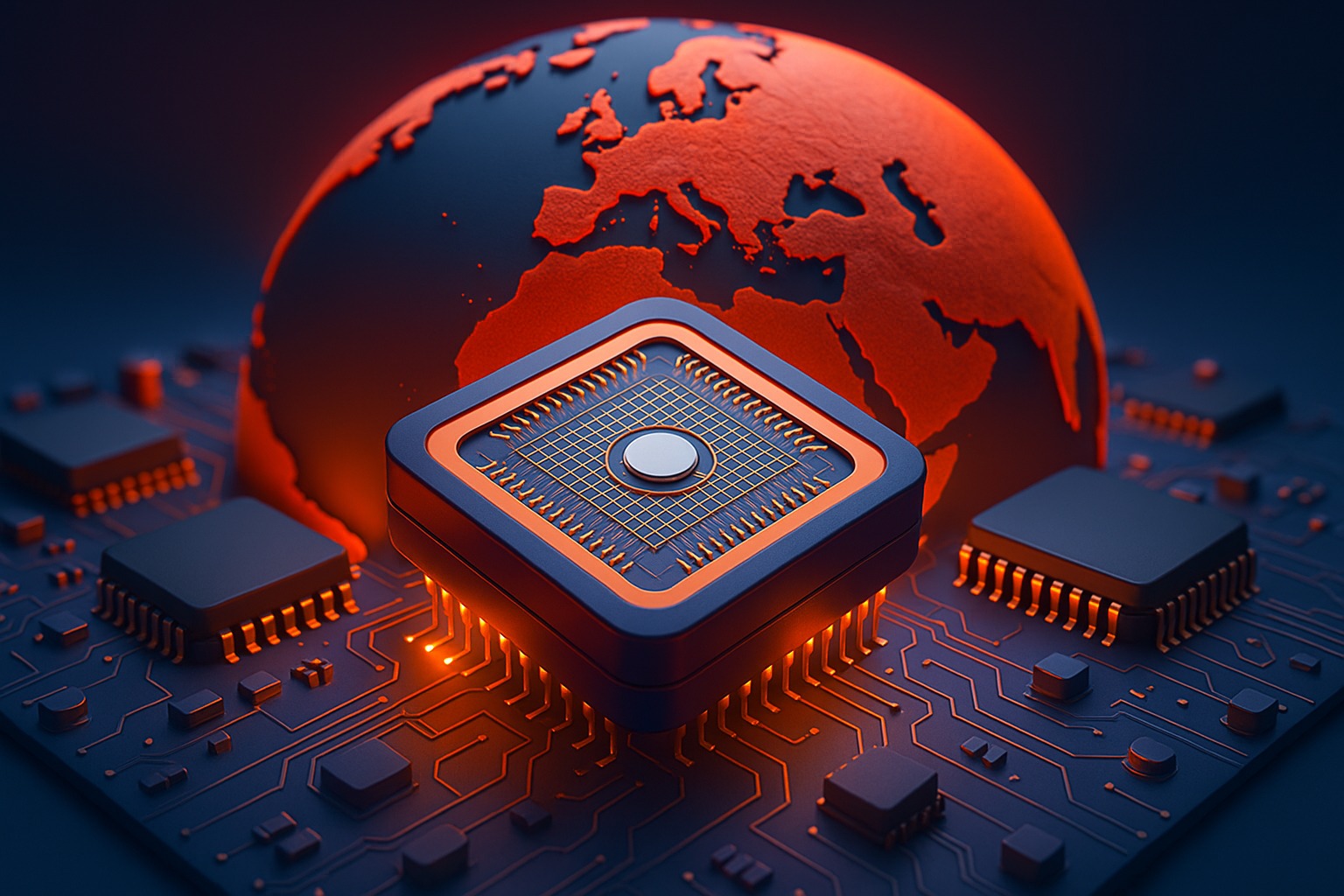In 2025, the global chip war is more than a geopolitical struggle—it’s a direct factor shaping your smartphone, your car, your laptop, and even your grocery bills. As nations race to dominate semiconductor production, the ripple effects are being felt in households and industries worldwide. But what does this mean for the average consumer?
This article breaks down the global chip war, its key players, and most importantly, how it impacts your wallet, your gadgets, and your daily life.
What is the Global Chip War?
The global chip war refers to the international competition to control the production, innovation, and supply chains of semiconductors—the tiny chips that power everything from iPhones to electric vehicles.
As of 2025, this war is being fought primarily between the United States, China, Taiwan, South Korea, and the European Union. Each is investing billions to secure chip independence and tech dominance.
Why Are Semiconductors So Important?
Semiconductors are the backbone of modern electronics. With the rise of AI, 5G, electric vehicles, smart homes, and automation, demand for chips has skyrocketed.
Shortages in the last few years exposed how deeply interconnected supply chains are—and how vulnerable. A single chip shortage can halt production lines for cars, delay smartphone launches, or inflate prices of home appliances.
Key Drivers Behind the Chip War in 2025
- AI Boom
The explosive growth of AI models like ChatGPT and Google Gemini has triggered massive demand for high-performance chips, particularly GPUs and NPUs. - Geopolitical Tensions
The U.S. continues to restrict China’s access to advanced chip-making tools, while China accelerates its domestic chip production. This has disrupted global supply chains. - Supply Chain Realignment
Countries are now investing billions in onshore chip manufacturing to reduce dependency on Taiwan’s TSMC, the world’s largest chip foundry. - National Security Concerns
Chips are not only crucial for commercial devices but also for military, defense, and cybersecurity infrastructure, making them strategic assets.
How the Chip War Affects You in 2025
1. Higher Gadget PricesExpect the cost of smartphones, laptops, and electric vehicles to rise moderately in 2025. Supply disruptions and regional manufacturing lead to longer lead times and higher production costs.
- Delayed Product Launches
Global tech companies are now cautious about their launch calendars. Devices dependent on advanced chips may face launch delays or limited availability. - AI Features in More Devices
On the flip side, the chip war has pushed companies to innovate faster. AI-powered phones, smart home devices, and wearables are becoming mainstream as companies race to offer differentiation. - Local Manufacturing Incentives
India, the U.S., and parts of Europe are offering subsidies for chip factories. Consumers in these regions could see faster access to locally produced tech products with better after-sales support. - Used Tech Market Boom
With new devices getting expensive or delayed, the second-hand electronics market is expected to thrive in 2025. This opens up opportunities for budget-conscious consumers.
How Consumers Can Stay Ahead
- Upgrade Smartly: Don’t rush into new purchases unless necessary. Prices may stabilize as new factories come online by late 2025.
- Buy from Trusted Brands: Stick with companies that offer transparent product timelines and robust supply chain practices.
- Explore Refurbished Options: Certified refurbished devices are more accessible and often come with warranties.
- Follow Tech News: Staying updated on chip supply issues helps in making informed buying decisions.
Final Thoughts
The global chip war is much more than a race between superpowers—it’s a battle with tangible effects on your wallet and your digital life. As 2025 unfolds, tech-savvy consumers should stay informed and adaptive. From smart upgrades to tapping into the refurbished market, being aware is the best strategy in the age of silicon power plays.




